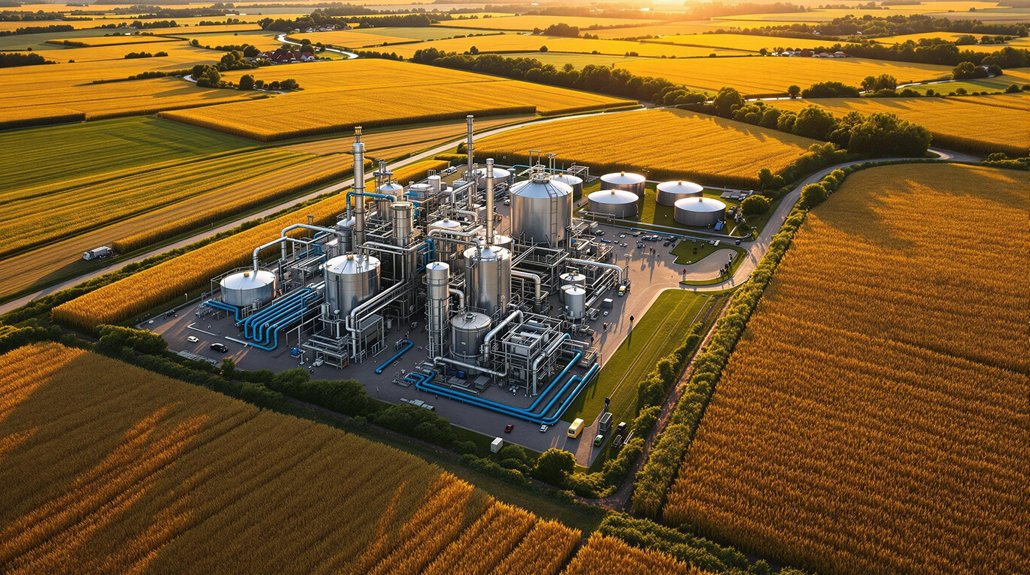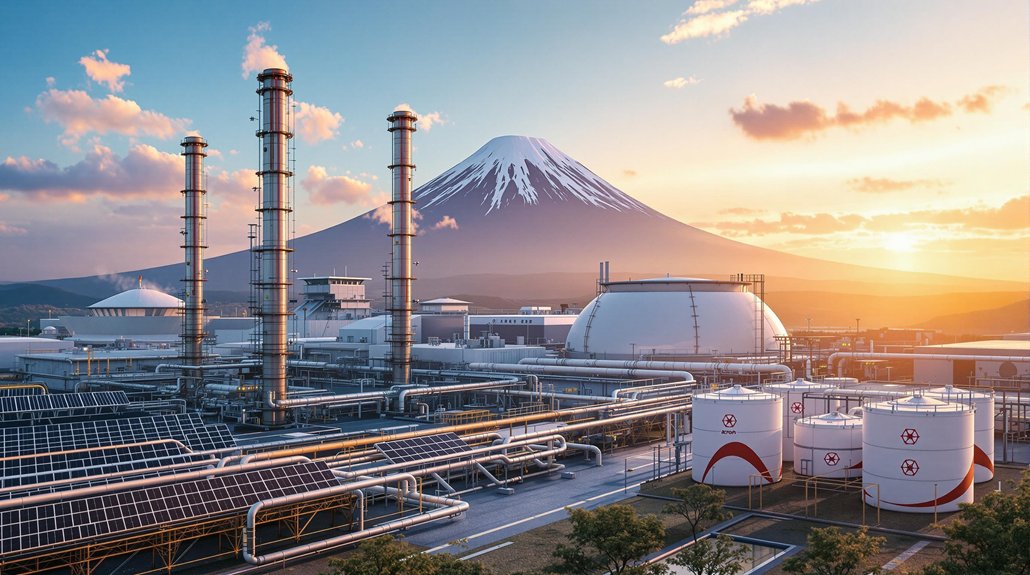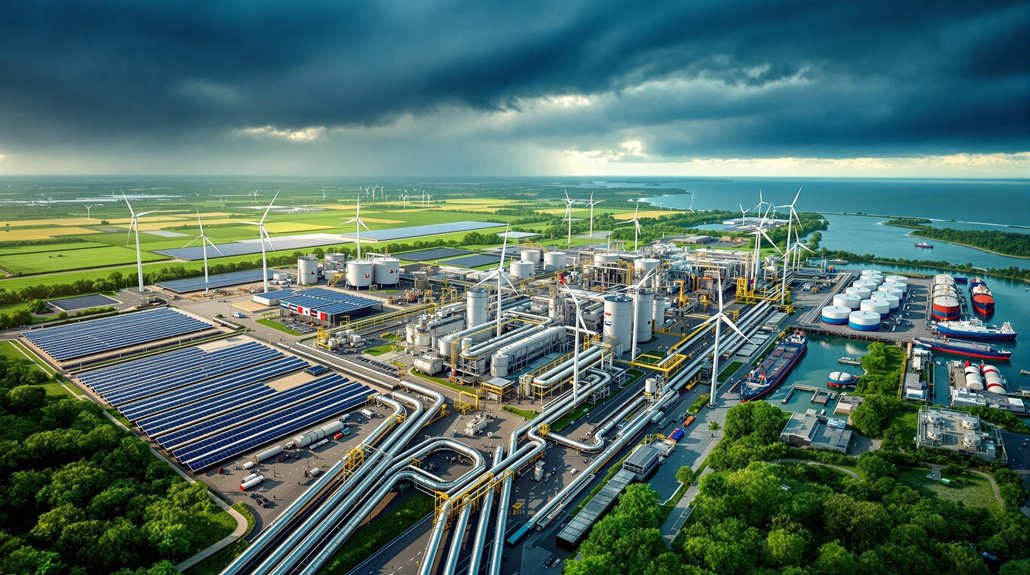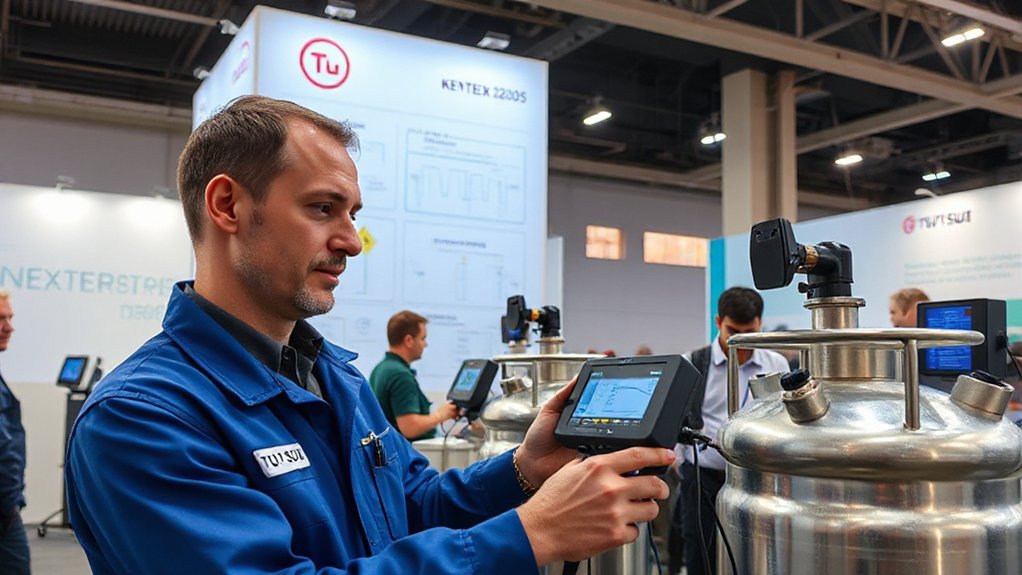Finland has launched Europe’s first commercial green hydrogen plant in Harjavalta. Operated by P2X Solutions, the 20 MW facility uses renewable wind energy to split water into hydrogen and oxygen through electrolysis. It aims to produce 1 million tonnes of green hydrogen annually by 2030, representing 10% of the EU’s target. The plant supports Finland’s carbon neutrality goals while creating economic opportunities in clean energy. This breakthrough sets the stage for Europe’s hydrogen transformation.
As Finland takes a bold step toward clean energy, the country has launched its first commercial green hydrogen plant in Harjavalta, Western Finland. Operated by P2X Solutions, this groundbreaking facility runs entirely on renewable energy, mostly wind power. The plant uses special technology called electrolysis to split water into hydrogen and oxygen without creating harmful carbon dioxide. This innovation represents a significant milestone in sustainable energy technologies across Europe. Much like geothermal energy, this hydrogen plant delivers environmental benefits through near-zero carbon emissions while providing clean power generation.
The Harjavalta plant has a 20 MW capacity and marks Finland’s entry as a leader in Europe’s green hydrogen sector. It’s equipped with Sunfire electrolyzers that guarantee efficient production of truly clean hydrogen. Future plans include adding a methanation facility to make synthetic fuels from captured carbon dioxide. Swiss energy provider Alpiq has acquired a majority share in P2X Solutions, strengthening the project’s international backing and expertise.
Finland aims to produce 1 million tonnes of green hydrogen annually by 2030, which would represent 10% of the European Union’s target. This ambitious goal supports the EU’s broader mission to reach net-zero emissions by 2050. Finland’s strong electrical grid and abundant renewable resources give it a natural advantage in hydrogen production.
Finland’s ambitious renewable resources and robust grid position it perfectly for hydrogen leadership within Europe’s clean energy future.
The environmental impact of this plant is significant. It will help reduce carbon emissions in Finland’s energy and industrial sectors, supporting the country’s goal to achieve carbon neutrality by 2035 – well ahead of EU timelines. Green hydrogen can replace fossil fuels in electricity generation, transportation, and manufacturing.
Economically, the plant creates new opportunities for chemical and fuel industries to develop eco-friendly products. It boosts Finland’s energy independence by reducing reliance on imported fossil fuels. The country is positioning itself as a potential hydrogen export hub within Europe.
Despite these advances, challenges remain. Finland needs more hydrogen storage and transport infrastructure. Significant investment is required to scale up production and distribution networks. Public and private sectors must work together to address these gaps.
With this pioneer plant, Finland has established itself as an important player in Europe’s clean energy evolution, combining technological innovation with environmental responsibility.








